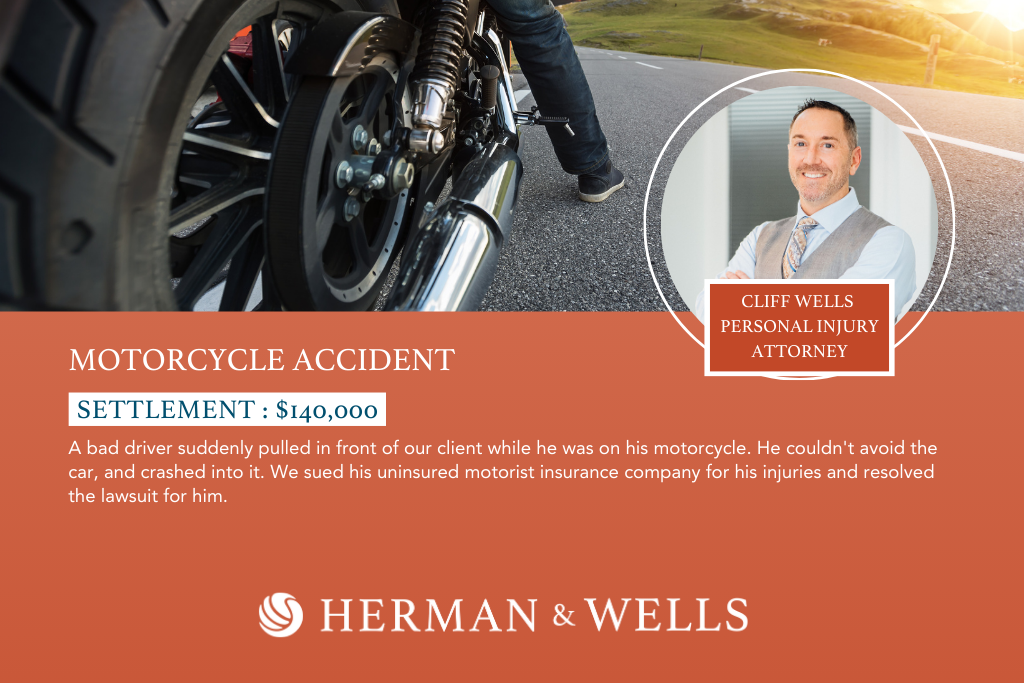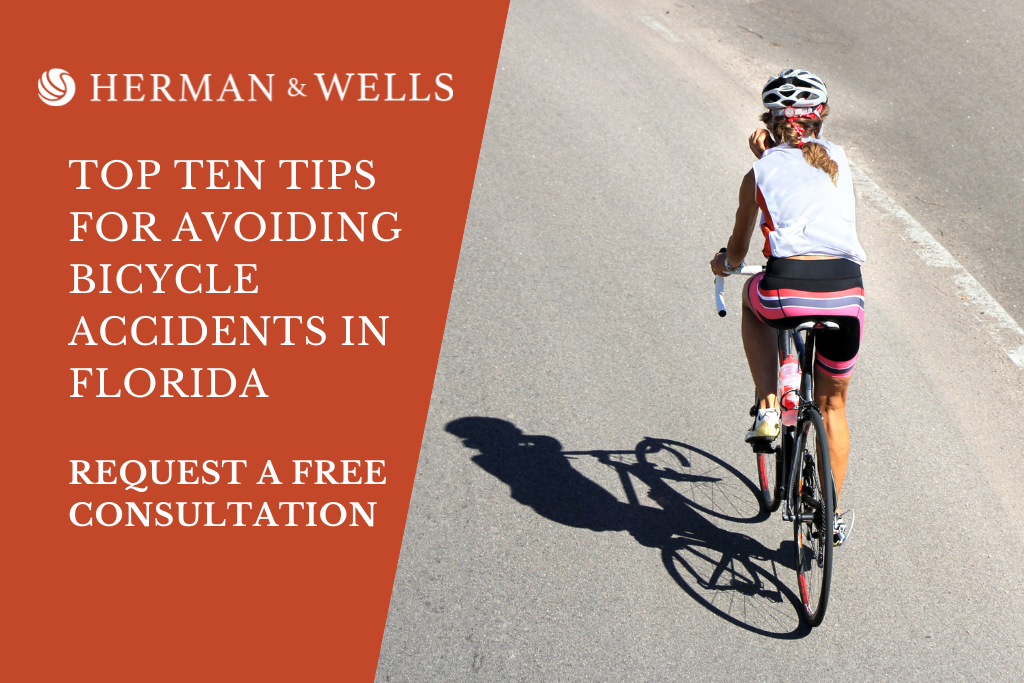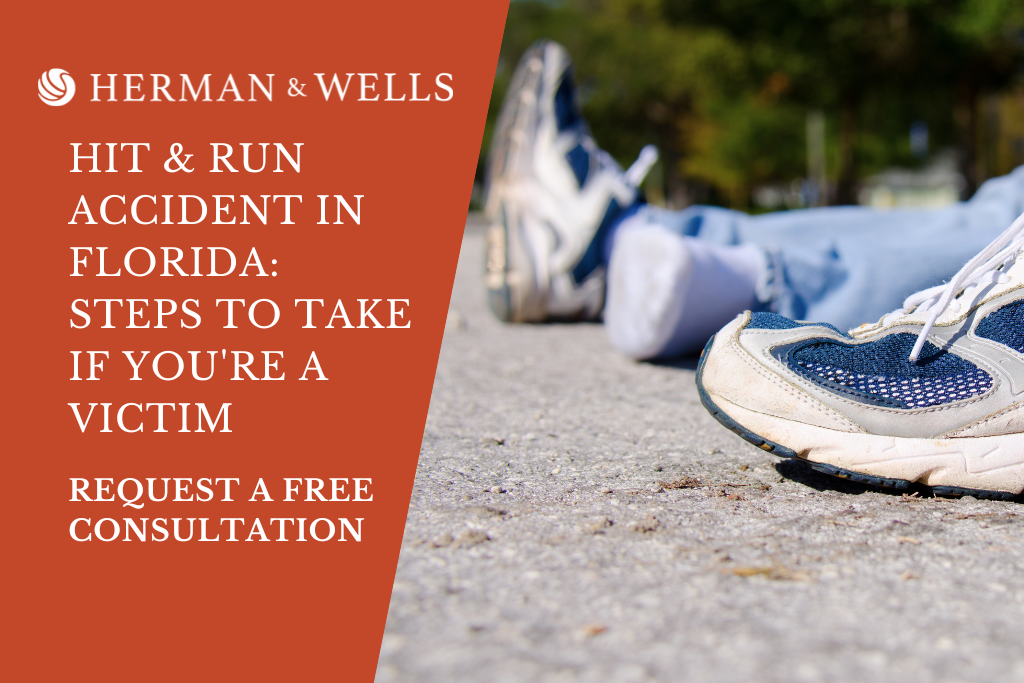Lane splitting and lane filtering are two terms that are often confused with one another, but they are actually two different things. Lane splitting is the term used when a motorcyclist passes between two lanes of traffic, while lane filtering is the term used when a motorcyclist moves up the side of a stopped or slow-moving vehicle. Lane splitting is a common practice among motorcyclists in some states.
However, it is illegal in Florida.
Some people argue that lane splitting should be legalized in Florida because it could help ease traffic congestion and make riding safer for motorcyclists. Others say that the risks of lane splitting outweigh the benefits, and that it is not worth legalizing.
What do you think? Should Florida legalize lane splitting? In this post we’ll look at the legalities of lane splitting and how it may actually reduce the amount of motorcycle accidents in Florida.

The Cliff Notes: Key Takeaways From This Post
- 1Lane splitting and lane filtering are two different motorcycling techniques.
- 2Lane splitting is illegal in Florida, and violators can face fines up to $500.
- 3Some people believe that lane splitting should be legalized in Florida as it may reduce traffic congestion and make riding safer for motorcyclists.
- 4Lane splitting can potentially be safer for the motorcyclist than staying in the same lane, however there are risks involved.
- 5According to statistics from the Florida Department of Highway Safety and Motor Vehicles, 8,694 motorcycle accidents occurred in the state with 544 fatalities resulting from them.
- 6The debate over legalizing lane splitting is still ongoing.
- 7If you have been injured in a motorcycle accident, a free consultation with experienced attorneys at Herman & Wells may help get compensation for your injuries.
The Florida Statute Outlawing Lane Splitting for Motorcyclists
The Florida statute outlawing lane splitting for motorcyclists is §316.209. This law states that “A person may not drive a motorcycle between rows of vehicles traveling in the same direction.” There are exceptions to this law, such as when traffic is congested and moving slowly, or when the motorcycle is in a funeral procession.
Why Is Lane Splitting Legal in Some States But Not Florida?
Lane splitting is the act of riding a motorcycle in the space between two lanes of traffic, usually cars. This can be done either by traveling in the same lane as the cars or by passing between them. In some states, lane splitting is legal for motorcyclists, while in Florida it is not. There are a few reasons for this.
One reason is that lane splitting can be dangerous. When a motorcycle travels between two lanes of traffic, it is difficult for other drivers to see them. This can lead to accidents, especially if the other driver does not expect a motorcycle to be there. Another reason is that lane splitting can cause traffic congestion. When motorcycles travel between lanes, it slows down traffic for everyone. This can be especially problematic on busy roads or during rush hour.
Despite these potential dangers, some people believe that lane splitting should be legal in Florida. They argue that it would make the roads safer for motorcyclists, as they would be less likely to get into an accident if they could split lanes. They also argue that it would reduce traffic congestion. While there is no definitive answer as to whether lane splitting should be legal in Florida, it is something that lawmakers should consider.
What’s the Penalty For Motorcyclists Caught Lane Splitting in Florida
Motorcyclists who are caught lane splitting in Florida can be fined up to $500.00. The law also requires that the motorcyclist must be moving no faster than 10 mph and that they must not exceed 25 mph when lane splitting.
Is Lane Splitting Actually Safer for Motorcyclists?
Lane splitting may actually be safer for the motorcyclist than staying in the same lane as the other vehicles. One scenario in which lane splitting is safer for the motorcyclist is when there are two lanes of traffic traveling in the same direction and one of those lanes has stopped completely while the other has continued to move forward. In this situation, it would be much safer for the motorcyclist to split lanes and ride between the two rows of cars rather than stay in the same lane as all of the other vehicles. This is because it would be much more difficult for a car that was moving to suddenly change lanes and hit the motorcycle than it would be for a car that was stopped to suddenly start moving again and hit the motorcycle.
Another scenario in which lane splitting is safer for the motorcyclist is when there are three or more lanes of traffic traveling in the same direction and one or more of those lanes has stopped while the other lanes have continued to move. In this situation, it would be much safer for the motorcyclist to split lanes and ride between the two rows of cars rather than stay in the same lane as all of the other vehicles. This is because it would be much easier for a car that was moving to suddenly change lanes and hit the motorcycle than it would be for a car that was stopped to suddenly start moving again and hit the motorcycle.
The third scenario in which lane splitting is safer for the motorcyclist is when there is one lane of traffic traveling in each direction and one of those lanes has stopped while the other has continued to move. In this situation, it would be much safer for the motorcyclist to split lanes and ride between the two rows of cars rather than stay in the same lane as all of the other vehicles. This is because it would be much easier for a car that was moving to suddenly change lanes and hit the motorcycle than it would be for a car that was stopped to suddenly start moving again and hit the motorcycle.
Lane Splitting Statistics in Florida
According to the Florida Department of Highway Safety and Motor Vehicles, there were 8,694 total motorcycle accidents in the state during the most recent year. There were 544 fatalities and more than 10,000 motorcyclist injuries as a result of these mishaps. Based on this information, it’s reasonable to assume that Florida will discuss lane splitting at some time in the future, at least in terms of attempting to limit motorcycle injuries and deaths.
Surprisingly, lane-splitting motorcyclists were also less likely to be injured in collisions and more likely to ride safely than non-lane splitters. Lane splitting may be done safely, and in turn, it can make for a safer commute for everyone. The speed at which one chooses to utilize when lane splitting is also important — and at higher speeds (50 mph+) the risk of significant damage rises significantly.
Whether you engage in lane splitting or not, you should always wear a motorcycle helmet on the roads in Florida.
Why Is Lane Splitting Such a Controversial Topic?
Many people believe that lane splitting is dangerous for both the motorcycle rider and the drivers around them. They argue that it is difficult for drivers to see a motorcycle when it is driving between two lanes of cars and that this can lead to accidents. They also argue that motorcycles are more likely to lose control when they are lane splitting and that this can lead to serious accidents. Others argue that lane splitting is actually safer for motorcycle riders. They argue that it can help riders avoid being rear-ended by other vehicles and that it can also help them stay out of dangerous situations like road rage. Additionally, they argue that lane splitting can actually help reduce traffic congestion.
Who’s At Fault in a Lane Splitting Motorcycle Accident?
When it comes to lane splitting accidents, there are typically two types of accidents that can occur: the first is when a car hits a motorcycle while the bike is in the process of splitting lanes; the second is when a motorcycle hits a car while lane splitting. In either case, the motorcyclist is typically at fault because lane splitting is illegal.
However, if a motorbike rider can show that another driver is to blame for the incident, he or she may be partially or fully compensated for accident-related injuries and property damage. For example, if a driver is texting or otherwise preoccupied while driving and collides with a motorcycle lane-splitting, the driver may be held accountable (liable) for the accident. You should contact an experienced personal injury lawyer in Florida to learn more about this.

The following factors may help demonstrate that a motorcyclist is not entirely to blame in the event of a lane-splitting collision:
- The motorcyclist was riding cautiously, not weaving in and out of lanes or between automobiles.
- The motorcyclist is a seasoned biker.
- A motorcyclist has completed a motorcycle riding or safety education course.
- The other motorist engaged in something far more dangerous than lane splitting—for example, made a quick lane change without signaling, or drifted from one lane to another.
Is It Possible That Lane Splitting Will Be Legalized for Motorcyclists in Florida?
Yes, it is possible that lane splitting will be legalized for motorcyclists in Florida. As we mentioned earlier, there are a few benefits to lane splitting that could potentially persuade Florida lawmakers to legalize the practice. We now know that lane splitting can help to reduce traffic congestion and it can help to reduce motorcycle accidents.
Injured in a Florida Motorcycle Accident? Schedule a Free Consultation
While the debate over lane splitting in Florida is still ongoing, we wanted to provide our readers with a brief overview of what lane splitting is and some of the potential benefits that could come from legalizing it. If you are a motorcyclist who has been injured in an accident, please don’t hesitate to reach out to us for a free consultation.
Our team of experienced attorneys at Herman & Wells can help you get the compensation you deserve for your injuries.





